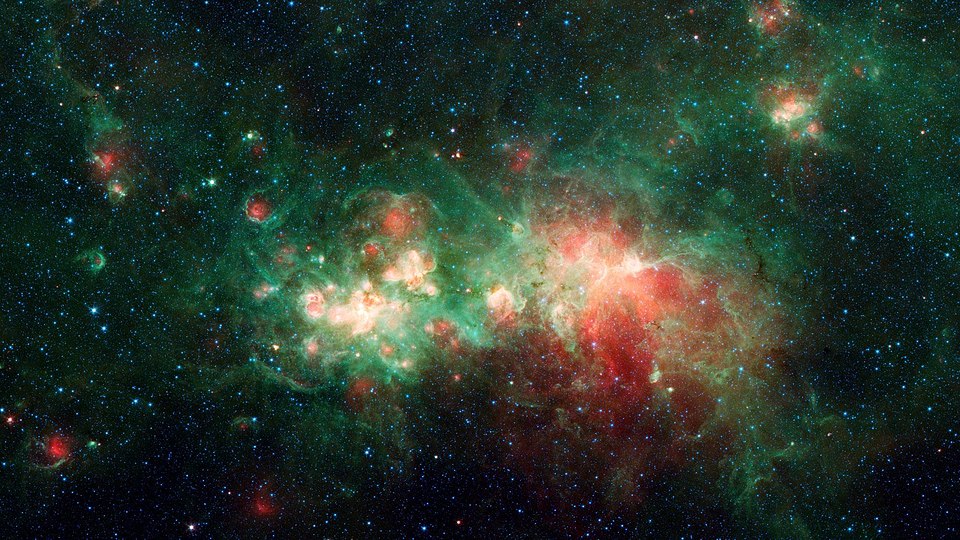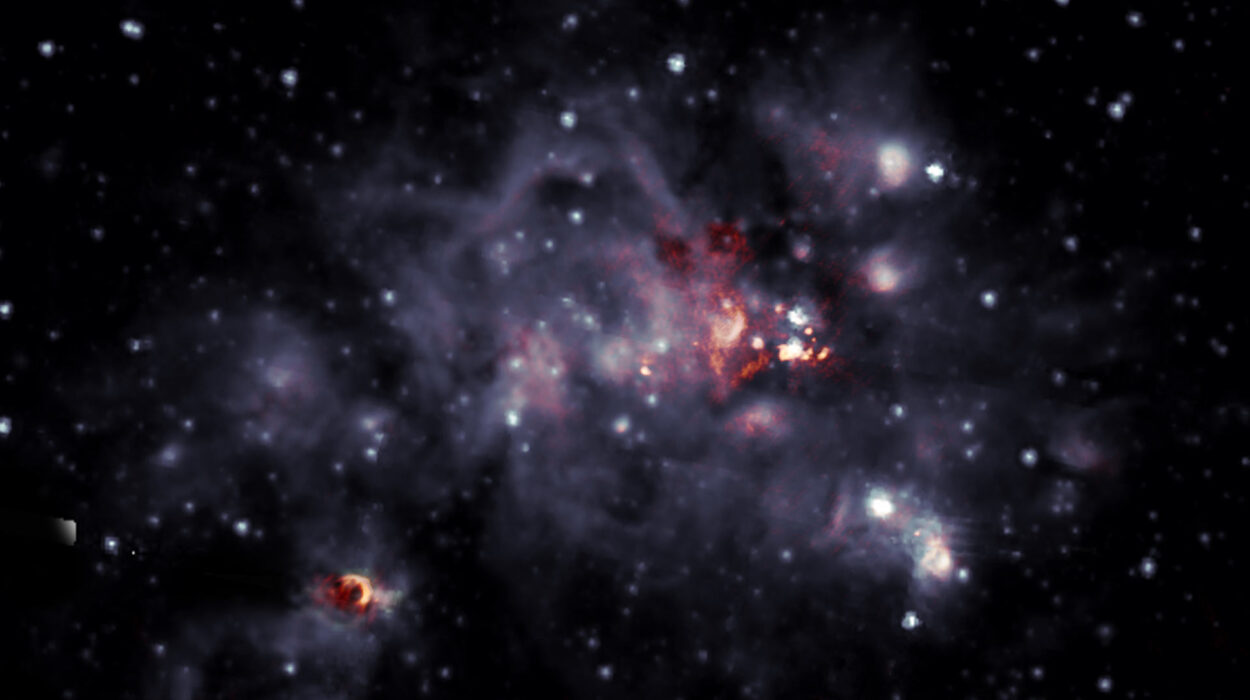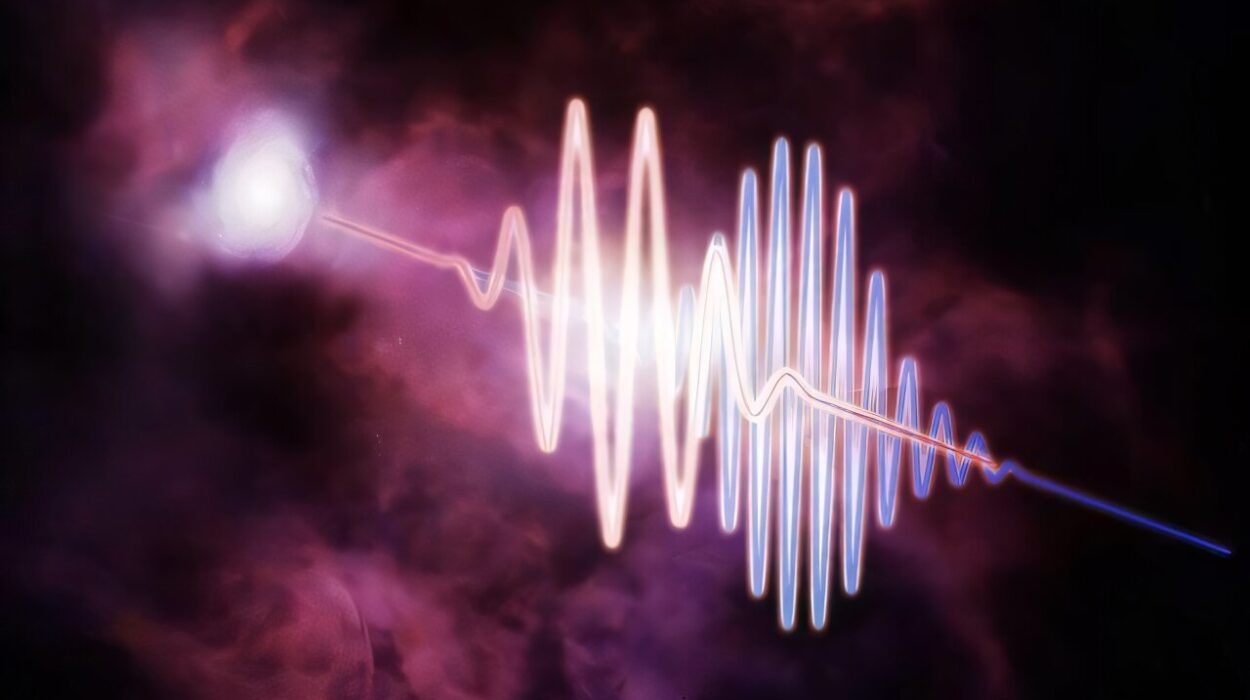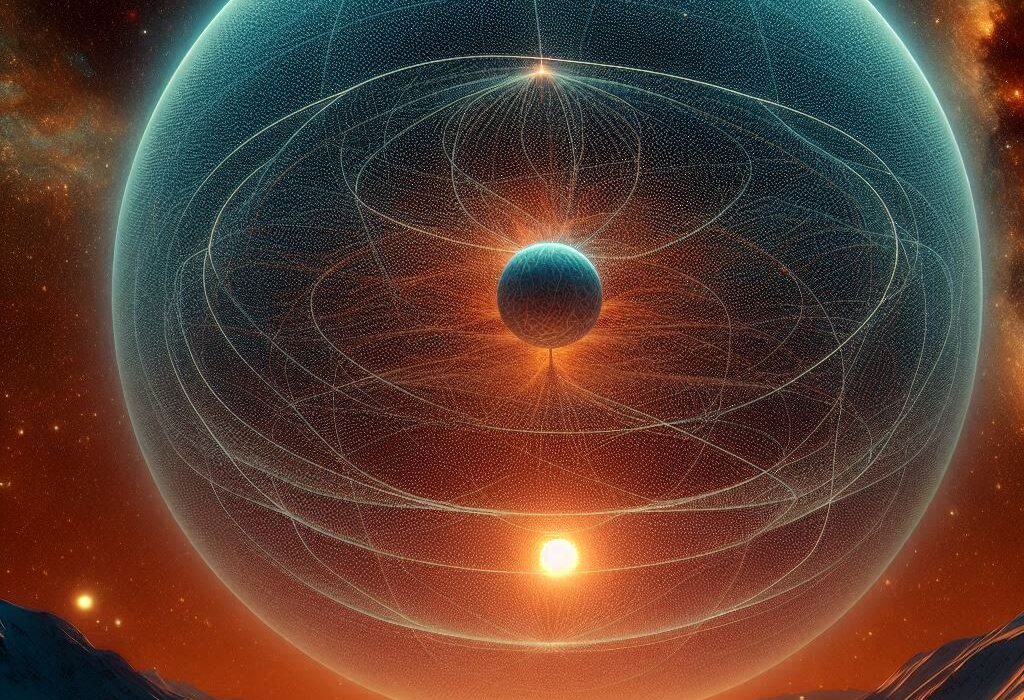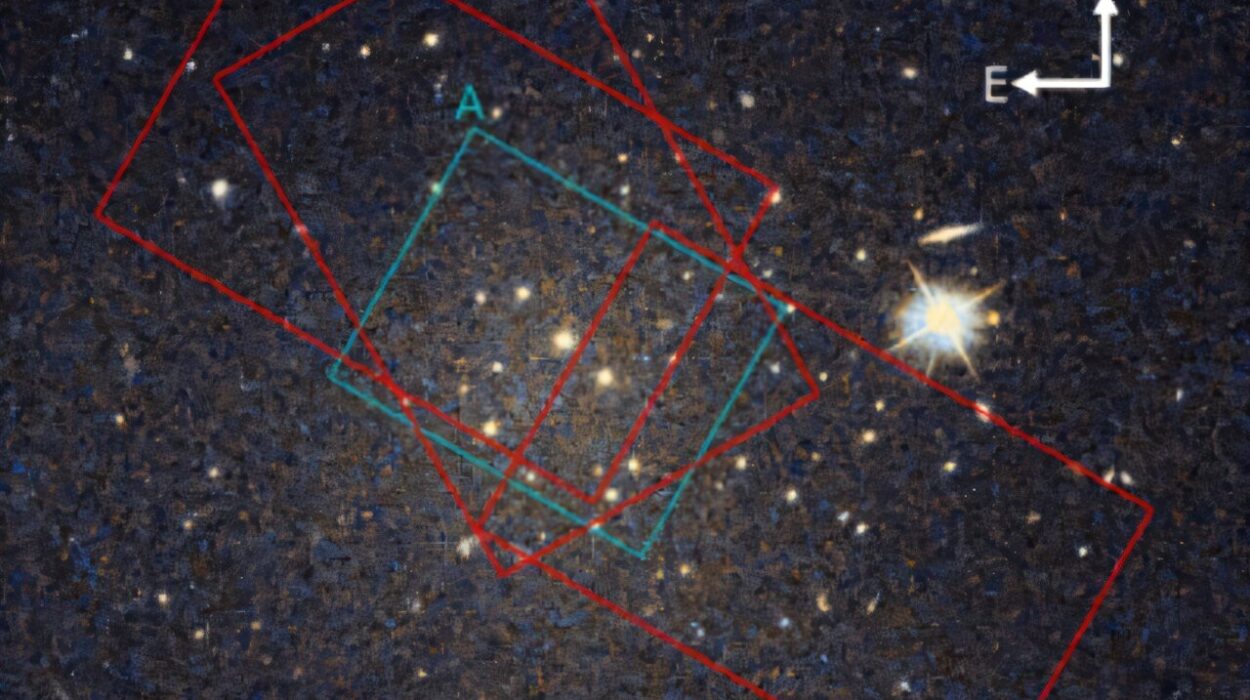Star formation, one of the most fascinating phenomena in the universe, lies at the very heart of astrophysics and cosmology. It is the process by which gas and dust in molecular clouds collapse under gravity to form stars, and it has been the subject of intense research for decades. Yet, despite the significant advances in understanding star formation, the physics governing this process is still shrouded in mystery. What factors drive this colossal cosmic transformation? How do the seemingly chaotic and turbulent environments give birth to these brilliant, shining beacons of light? In this article, we will explore the hidden physics behind star formation, uncovering the intricate processes that lead to the birth of stars and the complex dynamics that shape them.
The Cosmic Nursery: Molecular Clouds
The process of star formation begins in molecular clouds, also known as stellar nurseries. These vast, cold regions of space are composed primarily of hydrogen gas, with small amounts of helium and other elements. The density of molecular clouds is much higher than that of the surrounding interstellar medium, but still far less dense than, for example, the Earth’s atmosphere. These clouds can be tens to hundreds of light-years across and contain enough material to form millions of stars.
Molecular clouds are typically very cold, with temperatures as low as 10 to 20 Kelvin (about -263 to -253°C). This low temperature is crucial for star formation because it allows hydrogen atoms to bond with one another, forming H₂ molecules. The high density and cold environment in molecular clouds provide the perfect conditions for the gravitational collapse that eventually leads to the birth of stars.
Despite these ideal conditions, molecular clouds are not always stable. In fact, they are often highly turbulent and filled with pressure waves, which can be triggered by events such as supernova explosions or the interaction of clouds with nearby radiation sources. These disturbances can cause regions of the cloud to compress, leading to local gravitational instabilities that can trigger star formation.
Gravitational Collapse: The Heart of Star Formation
At the core of star formation lies gravity, the invisible force that governs the motion of all matter in the universe. Gravity causes the gas and dust in a molecular cloud to collapse inward, creating high-density regions known as “clumps.” As these clumps continue to collapse under their own gravitational pull, they heat up, and the material at the center begins to form a dense core.
The process of gravitational collapse is complex and multifaceted. Initially, the gas in the molecular cloud is moving in all directions, and the forces acting on each individual particle are balanced. However, when a region of the cloud becomes dense enough, gravity starts to overpower these random motions, causing the gas to contract. As the gas compresses, its temperature rises, but it also becomes denser. This increase in density amplifies the effect of gravity, leading to a runaway process of collapse.
One of the key challenges in understanding star formation is the role of angular momentum. As the cloud collapses, the gas particles begin to rotate around a central point, and this rotation increases as the material falls inward due to the conservation of angular momentum. This rotational motion gives rise to the formation of a rotating disk of gas and dust around the forming star, often called a protoplanetary disk. The disk plays a crucial role in shaping the final structure of the star and its planetary system.
The Protostar Stage: Birth of a Star
As the material continues to collapse, the central region of the clump reaches a critical temperature and pressure, eventually leading to the formation of a protostar. A protostar is a young, hot object at the center of a collapsing cloud of gas and dust. During this stage, nuclear fusion has not yet begun, but the core of the protostar is already emitting energy in the form of heat and light due to the gravitational energy released during the collapse.
The protostar is surrounded by a dense envelope of gas and dust, which is still in the process of falling inward. The infalling material creates a strong outward pressure, which counteracts the gravitational collapse and stabilizes the protostar for a time. This balance between gravity and thermal pressure is known as hydrostatic equilibrium, and it is what allows the protostar to maintain its size and structure during this early phase.
The protostar phase is a time of intense activity. As the material continues to collapse, it heats up, and the temperature at the core of the protostar rises steadily. Once the core reaches a high enough temperature (around 10 million Kelvin), nuclear fusion reactions begin. At this point, the protostar has transitioned into a main sequence star, and the long process of star formation reaches a new stage.
The Role of Magnetic Fields in Star Formation
One of the more elusive aspects of star formation is the role of magnetic fields. While gravity is the dominant force driving the collapse of gas in a molecular cloud, magnetic fields also play an important role in shaping the star formation process. Magnetic fields are present in molecular clouds and interact with the charged particles in the gas, influencing the collapse and the formation of stars.
Magnetic fields can provide a form of resistance to collapse by exerting a force that opposes the inward pull of gravity. This resistance can help regulate the rate at which material falls onto the forming star. In addition, magnetic fields are thought to play a role in the formation of outflows, which are jets of material that are ejected from the star during its formation. These outflows carry angular momentum away from the star, allowing the gas to collapse more efficiently and facilitating the formation of a rotating disk around the protostar.
The interaction between gravity, magnetic fields, and turbulence in molecular clouds is complex, and understanding the precise role of magnetic fields in star formation is an ongoing area of research. However, it is clear that magnetic fields have a significant impact on the dynamics of star formation, influencing the rate of collapse and the properties of the resulting stars.
Stellar Feedback: The Influence of Stars on Their Environment
Once a star is born, it begins to exert influence on its surroundings through a process known as stellar feedback. Stellar feedback refers to the various ways in which a newly formed star affects the gas and dust in its environment. This can occur through radiation, stellar winds, and energetic outflows, which can heat and push away the surrounding material.
As a star heats up and begins nuclear fusion, it emits large amounts of radiation. This radiation can ionize the surrounding gas, heating it up and causing it to expand. In some cases, the radiation from a star can be powerful enough to blow away the surrounding gas, preventing further star formation in the immediate vicinity. This process is known as “photoevaporation.”
Stellar winds, which are streams of charged particles emitted by the star, also play a role in shaping the environment around the star. These winds can blow away the gas and dust in the star’s vicinity, contributing to the dispersal of the surrounding molecular cloud. In addition, the outflows and jets of material that are often observed in young stars can have a profound effect on the surrounding cloud, driving turbulence and influencing the dynamics of nearby regions.
Stellar feedback is a key factor in regulating the rate of star formation in a molecular cloud. While the initial collapse of a cloud may lead to the formation of many stars, the energy and material released by these stars can prevent the formation of additional stars in the same region. This feedback mechanism helps to limit the number of stars formed in a given cloud, ensuring that the process of star formation is not too rapid or too inefficient.
The End of the Story: Supernova Explosions and the Cycle of Star Formation
The process of star formation does not end with the birth of a star. In fact, stars themselves play a crucial role in the ongoing cycle of star formation. Massive stars, which form from the densest regions of molecular clouds, eventually exhaust their nuclear fuel and undergo supernova explosions. These explosions release vast amounts of energy and material into space, enriching the interstellar medium with heavy elements and triggering the formation of new stars.
Supernovae are some of the most energetic events in the universe, and they can trigger the collapse of nearby molecular clouds, leading to the formation of new stars. This process, known as “triggered star formation,” occurs when the shock waves from a supernova compress nearby gas, creating the conditions for new stars to form.
In this way, the death of one generation of stars gives rise to the birth of the next. The heavy elements produced in the cores of stars are scattered throughout the interstellar medium, enriching the gas from which new stars are formed. This ongoing cycle of birth, death, and rebirth is the cosmic engine that drives the evolution of galaxies and the universe as a whole.
Conclusion: The Mysteries of Star Formation
Star formation is a complex and multifaceted process that involves a delicate interplay between gravity, magnetic fields, turbulence, and stellar feedback. While we have made significant progress in understanding the physics behind star formation, much of the process remains shrouded in mystery. The birth of stars is one of the most fundamental and awe-inspiring events in the universe, and it continues to captivate scientists and stargazers alike.
As our observational techniques improve, we are gaining deeper insights into the hidden physics of star formation. From the detailed study of molecular clouds to the exploration of the role of magnetic fields and stellar feedback, we are slowly peeling back the layers of this cosmic process. Yet, there is still much to learn about how stars are born, how they evolve, and how they influence the galaxies in which they reside.
In the grand scheme of the universe, stars are the building blocks of galaxies, planets, and life itself. Understanding the hidden physics of star formation is not just about answering scientific questions—it is about unlocking the secrets of the cosmos and our place within it. The process of star formation is not only a testament to the power of gravity and the forces of nature but also a reminder of the wonder and beauty that lies beyond our world, in the farthest reaches of the universe.
